Addressing Equity in Education: The Impact of State Education Grants.
The importance of state education grants in creating equal access to education for students across all backgrounds cannot be overstated. These grants provide a lifeline for students who may not have the financial resources to pursue higher education.
Understanding the Role of State Education Grants
State education grants play a crucial role in ensuring that students from all backgrounds have the opportunity to pursue higher education. These grants are financial aid programs that are provided by state governments to help students cover the costs of tuition, fees, and other educational expenses. The goal is to create equal access to education by providing financial assistance to students who may not have the means to pay for college on their own.
State education grants can provide financial assistance to students in a variety of ways. They can help cover the cost of tuition and fees, as well as other educational expenses such as textbooks, supplies, and housing. This assistance can make a significant difference for students who may otherwise struggle to afford these costs.
The importance of state education grants in promoting equality in education cannot be overstated. These grants help level the playing field, ensuring that students from all backgrounds have the same opportunities to pursue higher education. By providing financial assistance to students who may not have the means to pay for college themselves, state education grants help bridge the gap between the haves and the have-nots.
The Challenges of State Education Grants
While state education grants are essential in promoting equality in education, there are challenges facing the system. One of the main limitations of state funding is the limited amount of money available for grants. State budgets are often tight, and education is just one of many competing priorities. As a result, there may not be enough funds to meet the needs of all students who are eligible for grants.
Another challenge is the potential obstacles facing students when applying for grants. The application process can be complex and time-consuming, requiring students to gather and submit various documents and meet specific eligibility criteria. This can be particularly challenging for first-generation college students or students from disadvantaged backgrounds who may not have access to the necessary resources and support.
To improve the state education grant system, there are several potential avenues for improvement. One possibility is to increase funding for state education grants, allowing more students to receive financial assistance. This could be done by allocating more resources to education in state budgets or exploring alternative funding sources.
Additionally, simplifying the application process and providing more guidance and support for students could help address the obstacles they face. State governments could invest in resources to help students navigate the application process, such as online portals, workshops, and counseling services. By making the process more accessible and user-friendly, more students could benefit from state education grants.
Leveraging the Power of Financial Organizations
Financial organizations play a crucial role in providing additional support for students who are seeking state education grants. One such organization is Wells Fargo, which has developed a financial aid program to help students cover the costs of higher education. This program provides low-interest loans, scholarships, and other financial assistance to eligible students.
Wells Fargo's financial aid program offers several benefits for students. The low-interest loans allow students to finance their education without incurring excessive debt. The scholarships provide additional funding that does not need to be repaid, making education more affordable for students from low-income backgrounds. By partnering with Wells Fargo, students can access the financial resources they need to pursue their educational goals.
There is potential for similar programs to be implemented in other states. Financial organizations have the expertise and resources to develop and implement financial aid programs that can complement state education grants. By leveraging the power of these organizations, states can expand access to education and ensure that students of all backgrounds have the opportunity to pursue their dreams.
Conclusion:
State education grants play an essential role in providing financial assistance for students who may not have the resources to pursue higher education. These grants help promote equality in education by bridging the gap between students from different socioeconomic backgrounds. While there are challenges facing the system, financial organizations are taking steps to make education more accessible and equitable.
By increasing funding for state education grants, simplifying the application process, and leveraging the power of financial organizations, we can ensure that students of all backgrounds have the opportunity to pursue their dreams. It is vital for state governments, educational institutions, and financial organizations to work together to create a system that provides equal access to education for all students. Through collaboration and innovation, we can address the equity gap in education and create a brighter future for all.





No comments